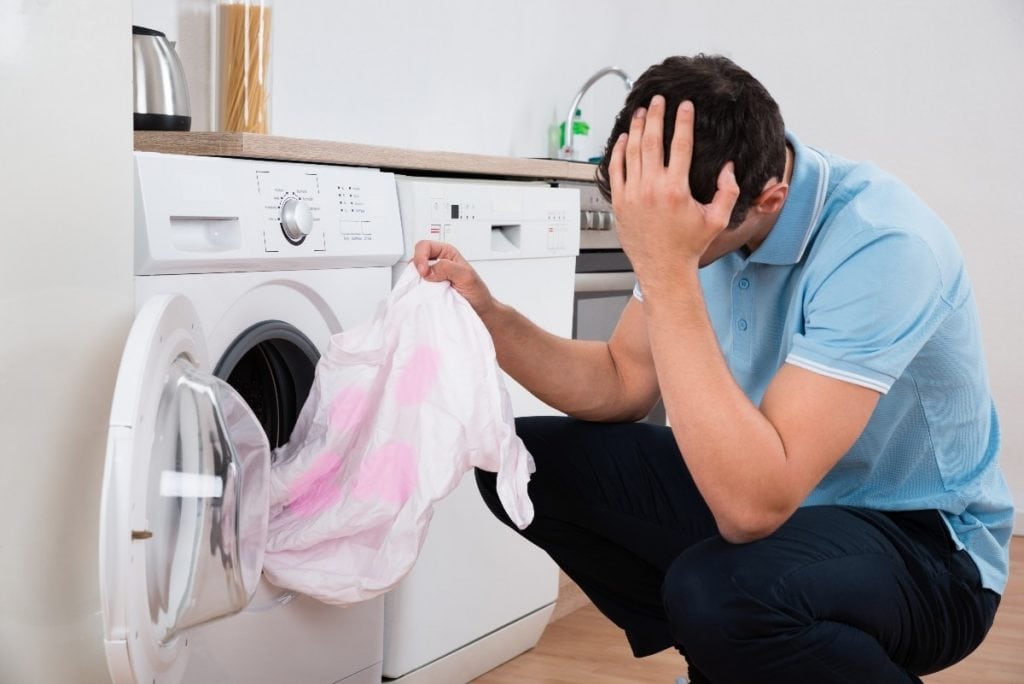
How To Test Your Suspension Rods In A Washing Machine
Share
Washing machines are built to handle the heavy work of laundry, but over time, components like the suspension rods can wear out, causing issues such as excessive vibrations, loud banging, or unbalanced loads. Suspension rods are responsible for stabilizing the drum, particularly during the spin cycle. If you’re experiencing these problems, it may be time to test the suspension rods to determine if they need replacement. In this article, we’ll walk you through how to inspect and test your washing machine’s suspension rods.
Signs of Failing Suspension Rods
Before diving into testing, look out for these signs, which can indicate worn or faulty suspension rods:
- Excessive vibrations: The machine shakes violently during spin cycles.
- Unbalanced loads: Clothes gather on one side, triggering error codes or stopping the cycle.
- Loud banging sounds: The drum slams against the sides of the washer.
- Leaning drum: The inner tub doesn’t sit level when the washer is off.
If you’ve noticed any of these symptoms, it’s time to examine your suspension rods.
Tools You’ll Need
- Phillips or flathead screwdriver
- Pliers (optional)
- Towel or gloves (for handling parts)
- User manual (for your washer’s specific model)
Step-by-Step Guide to Testing Suspension Rods
Step 1: Unplug the Washer
Safety comes first! Turn off the power and unplug the washing machine from the outlet to prevent any electrical accidents during the inspection.
Step 2: Access the Suspension Rods
- Remove the top or back panel of the washer (depending on the model).
- Use a screwdriver to unscrew the panel or release the clips that secure it in place.
- Locate the suspension rods—they connect from the top of the washer frame to the drum. You’ll typically find 4 rods, one at each corner.
Step 3: Perform the “Bounce Test”
- Gently press down on the washer drum and release it.
- A properly working suspension system will allow the drum to return to its original position smoothly, without bouncing more than 1-2 times.
- If the drum bounces excessively or tilts to one side, it indicates worn-out suspension rods.
Step 4: Inspect the Rods for Damage
- Look for bends, rust, or loose connections on the rods.
- Check the spring tension—if the springs feel too loose, they may no longer support the drum effectively.
- If one or more rods appear damaged, bent, or weakened, they need replacement.
Step 5: Rebalance the Washer (Optional Test)
- Reassemble the washer panel and try running a spin cycle with no load.
- Listen for any strange noises or excessive shaking.
- If the washer runs smoothly, your rods may still be in good condition. If not, replacing the suspension rods will likely solve the problem.
When to Replace Suspension Rods
If your washer shows significant signs of vibration or imbalance after testing, it's time to replace the suspension rods. Fortunately, these parts are affordable and relatively easy to replace with basic tools. A fresh set of suspension rods will restore your washer’s balance and prevent further damage to internal components.
Conclusion
Testing the suspension rods in your washing machine is a straightforward way to diagnose issues with vibration or unbalanced loads. By following the steps above, you can determine whether your rods are functioning correctly or need replacement. Regular maintenance and timely repairs will extend the life of your washer, saving you money on more expensive repairs down the road.
If you find your suspension rods need replacing, be sure to buy a compatible set for your washer model and follow the manufacturer’s installation guide. With properly functioning suspension rods, your washer will run smoothly, ensuring quiet and efficient laundry days
